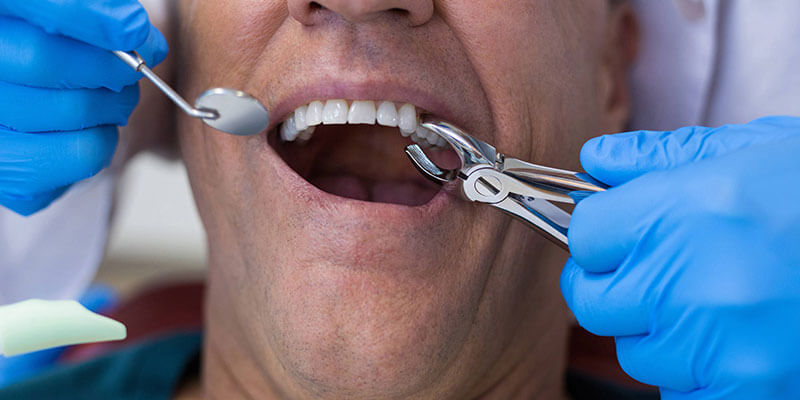Dentist Scraping Tool Techniques: Expert Removal
The art of dentistry has evolved significantly over the years, with advancements in technology and techniques leading to more effective and efficient treatments. One crucial aspect of dental care is the removal of plaque, tartar, and stains from teeth, which is where dentist scraping tools come into play. These tools are designed to gently yet effectively remove unwanted substances from the surface of the teeth, helping to prevent gum disease, bad breath, and other oral health issues. In this article, we will delve into the world of dentist scraping tool techniques, exploring the expert methods used to achieve optimal results.
Understanding the Importance of Plaque and Tartar Removal
Before diving into the techniques, it’s essential to understand why plaque and tartar removal is crucial for oral health. Plaque is a sticky, colorless film of bacteria that forms on teeth, and if not removed, it can lead to tartar buildup. Tartar, also known as calculus, is a hard, yellowish deposit that can only be removed by a dental professional. If left untreated, tartar can cause gum inflammation, leading to gingivitis and potentially more severe conditions like periodontitis.
Types of Dentist Scraping Tools
There are several types of dentist scraping tools available, each designed for specific tasks and areas of the mouth. Some of the most common tools include:
- Ultrasonic scalers: These devices use high-frequency vibrations to remove tartar and plaque from teeth, both above and below the gum line.
- Hand scalers: These are manual tools used for removing plaque and tartar from specific areas, often in combination with ultrasonic scalers.
- Prophy jets: These tools use a stream of water and baking soda to remove plaque and stains from teeth.
Expert Scraping Techniques
The technique used for scraping depends on the type of tool, the location of the plaque or tartar, and the individual patient’s needs. Here are some expert techniques used in dentist scraping:
- Subgingival scaling: This technique involves removing plaque and tartar from below the gum line, often using an ultrasonic scaler or a hand scaler. It requires great care to avoid damaging the gums or roots of the teeth.
- Supragingival scaling: This method focuses on removing plaque and tartar from above the gum line. It’s typically less invasive than subgingival scaling and can often be done with a prophy jet or ultrasonic scaler.
- Root planing: In cases where periodontal disease has caused significant tartar buildup on the roots of the teeth, root planing may be necessary. This involves smoothing the root surface to prevent further tartar accumulation and promote healing.
Tips for Effective Scraping
For dental professionals looking to refine their scraping techniques, here are some expert tips:
- Proper tool selection: Choose the right tool for the job, considering the type of deposit, its location, and the patient’s comfort level.
- Patient communication: Explain the procedure clearly, ensuring the patient understands what to expect and is comfortable throughout the process.
- Gentle touch: Use a light touch, especially when working below the gum line, to avoid causing unnecessary discomfort or damage.
- Regular maintenance: Encourage patients to maintain good oral hygiene practices, including regular brushing, flossing, and dental check-ups, to prevent significant plaque and tartar buildup.
The Future of Dentist Scraping Tools
As technology continues to advance, we can expect to see even more sophisticated dentist scraping tools and techniques emerge. Some potential developments on the horizon include:
- Laser scaling: This method uses a laser to remove plaque and tartar, offering potential advantages in terms of precision and comfort.
- Advanced ultrasonic devices: New generations of ultrasonic scalers may offer improved efficiency, reduced noise, and enhanced patient comfort.
Frequently Asked Questions
How often should I have my teeth scraped by a dentist?
+The frequency of dentist scraping depends on your oral health and risk factors for gum disease. Generally, patients are recommended to have a professional dental cleaning every 6 months, but this may vary based on individual needs.
Does teeth scraping hurt?
+Most patients find teeth scraping to be a relatively comfortable procedure, especially when performed by an experienced dentist. However, some discomfort may be felt, particularly if you have sensitive teeth or gums. Discussing any concerns with your dentist beforehand can help minimize anxiety.
Can I remove plaque and tartar at home?
+While regular brushing and flossing are crucial for removing plaque and preventing tartar buildup, they are not sufficient for removing existing tartar. Tartar can only be removed by a dental professional using specialized tools and techniques. Attempting to scrape your teeth at home can lead to damage to your gums or tooth enamel.
Conclusion
Dentist scraping tool techniques are a vital part of maintaining good oral health, preventing gum disease, and ensuring the longevity of your teeth. By understanding the different types of scraping tools, expert techniques, and tips for effective scraping, dental professionals can provide high-quality care tailored to each patient’s needs. As technology continues to evolve, we look forward to even more advanced methods of plaque and tartar removal, further enhancing the field of dentistry and the health of our patients. Whether you’re a seasoned dentist or just starting your career, refining your scraping techniques and staying updated on the latest developments will be key to delivering exceptional patient care and outcomes.

